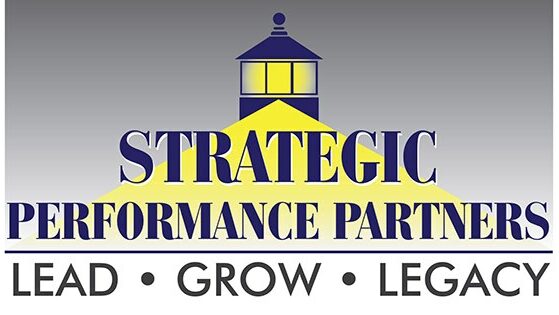
Want to know what you stakeholders are thinking without investing thousands of dollars for focus interviews? How do you find out what your best stakeholders are interested in? When I did business intelligence in the 1990’s, my clients invested hundreds of thousands of dollars to find out key information on their best customers, partners, and professional associates.
Today a well-trained social media or communications expert can spend twenty minutes online visiting several social media sites and know a lot about their clients and their best stakeholders for little or no cost.
So if you’re a leader, I thought it might be helpful to give you a quick course on how to listen and then get involved in sharing your message. Dennis Fischman covers this critical information in Chapter One in his book The No-Nonsense Nonprofit Guide to Social Media. I feel this is the foundation of creating a successful communication strategy in a connected age. Dennis makes it easy to learn very quickly.
The first thing you need to do is find your people. Who are the best people to learn from? Those who are already involved in your organization. Dennis suggests taking a sample from your mailing list that are already involved with your organization. Go to your favorite search engine and put their names in. Now review your results. What social platforms do you find them on?
Over the years, I’ve found that many of my best clients and partners have similar interests. For example, most of my long term clients do digital photography. You can find them actively involved in discussing their hobbies and interests. How important is it to know that your most active stakeholders have children in school activities when you decide how to develop your next big fundraising event?
If you discover many of your donors are more active on Twitter and not LinkedIn, you are able to choose the best way to share your message. There are many low and no cost tools to help you can create a list specifically to track the key people you want to follow. I have several lists developed on Twitter that allow me to check in and see what my different stakeholders are doing. I also belong to several private groups that allow me to talk with others in my community without sharing with all the members of my community.
I spend thirty minutes a day on social platforms to make sure I know what’s happening in my communities. This allows me to complement my “in person” efforts to better understand my employees, clients, and partners. I use social media to reinforce my relationships with my many stakeholders.
I also share the information they put on their timelines by either retweeting them or liking them and sharing them on LinkedIn or Facebook. I spend fifteen minutes in the morning and fifteen minutes later in the afternoon. This allows me to provide support for clients and partners around the world. I have also got several new partners and revenue from these social efforts. My nonprofits have raised significant awareness and funding from their efforts developing social campaigns.
So let’s get started. Once you begin seeing patterns you can be better prepared to develop your own communication strategy that matches your key stakeholders. Dennis shares seven ways to use this information you’ve gathered. I give you three here and refer you to page 7 of his book for more.
1. Find out more about your prospects and donors. We live in a connected age. What’s the best way to connect today? Focus on what the other person is interested in. Dale Carnegie shared this secret over 80 years ago and it applies more today than ever before. You can listen to your best stakeholders on a regular basis.
2. Pick topics for your blog or social media. Once you know what your people are interested in, the better you are at getting and keeping their interest. This also helps you ride bigger trends to build a larger following. People want to share what you have to say with others with similar interests. It creates positive momentum for what you share. While we’re on this topic, don’t get too aggressive when promoting your cause at first. Take time to build a relationship with people before asking for help.
While we’re on the topic of building good will: Make sure you share others’ material in your timelines. The fastest way to build a good social reputation is by sharing other quality material that others might be interested in.
3. Learn to make your content more appealing. We’ve found that it’s better to produce one quality communication than overwhelming your audience with several average pieces. Once you know what they’re interested in, you can share others’ perspectives on what you have in common. For many of us, it is critical to become a thought leader in our field if we hope to increase our visibility. In chapter 7, How to Get Ten Posts Out of One Good Idea Dennis shares several ideas on how to leverage your best ideas. I wish I had this chapter when I started using social media, it could have helped me more quickly build a social following for key interests in what I talk about online and offline both.
I hope I’ve given you enough to get you interested in learning more about social media and how it can help you connect with and engage your key stakeholders. Dennis’ eBook is The No-Nonsense Nonprofit Guide to Social Media found at http://dennisfischman.com/no-nonsense-nonprofit-guide-to-social-media/. If you sign up now, Dennis is giving the book away free until Thursday, Thanksgiving Day.
If you’re interested or would like to read more, check out his blog, Communicate!, follow him on Twitter (@DennisFischman), and feel free to email him at dennis@twofisch.com to ask a question or explore how you can work together.
See you next week as we get prepared for Thanksgiving.

